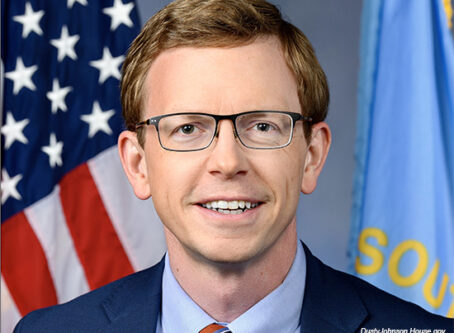How will self-driving trucks affect driver pay?
A new study claims self-driving trucks could replace up to 294,000 of the best-paying driving jobs. University of Pennsylvania Professor Steve Viscelli, working with the University of California Berkeley and a long list of trucking people, says so in a 57-page report that also outlines ways self-driving trucks might work their way into the industry.
For example, Viscelli suggests that self-driving trucks might first appear along an interstate between what he calls autonomous truck ports, where local drivers for the carrier will take over. Initially, autonomous trucks will be introduced on one specific lane where labor savings will allow the carrier to lower rates and capture more business. Other lanes and other carriers will follow over time. Smaller carriers will compete successfully only on odd lanes between smaller cities. Human drivers forced out of linehaul will be hauling locally.
Viscelli paints a grim picture of local markets. Competitive shipment and load-matching services will drive down local delivery rates. Driver pay will suffer accordingly.
Viscelli describes how an already clearly exploitative trucking industry could get even worse.
So is there hope in Viscelli’s vision? Sort of.
“It is unlikely we’ll see any significant labor impacts from autonomous trucks in the next decade,” he wrote. For the most part, the report looks ahead 25 years.
And then there’s this: “Here’s the good news: the technology of autonomous trucks itself won’t determine whether the trucking jobs of the future are good or bad — policy will,” he wrote. Such policy should provide strong labor standards and worker protections, according to the report.
Sounds good, but what kind of policy?
It puts me in mind of the regulated trucking industry of yore when there were more labor standards and worker protections.
Regulation was designed in the worst days of the Great Depression by the now-defunct Interstate Commerce Commission. The ICC, as it was known, closely regulated virtually every aspect of the industry, including safety, service and rates. Deregulation came with the Motor Carrier Act of 1980, which handed safety over to the Department of Transportation. It also threw regulation of service and rates out the window.
Under the ICC, trucking was a public utility. Price competition was less important than fairness and consistency. Carriers were allowed to set rates in groups so that shipping rates were pretty much the same no matter which carrier you called, at least as a general rule. Competition was about the quality of service and personal relationships. Carrier salespeople bought a lot of lunches and gave away a lot of big league baseball tickets.
What does this have to do with labor standards and worker protections?
Turns out economic regulation intended to maintain service for shippers and assure the survival of carriers had another important, unintended effect: it created a framework that provided a good living for drivers.
Here’s how it worked. In the LTL trucking sector, then by far the largest, most carriers were organized by the Teamsters. Their main contracts tended to be negotiated in blocks, by specialty or by region. Carriers in the same rate-setting groups often worked under the same labor contract. Negotiators were often inclined to give the union what it wanted rather than fight. After all, any pay increase would apply equally to every carrier in the group and it could be passed on as a group in their rate increases. No one had a special advantage.
By January 1964, those carrier groups had melded into a single one that negotiated a national contract called the Master Freight Agreement. This contract applied to something like 450,000 people, including both drivers and dock workers. That’s a number that can change a market. So when union driver pay went up, nonunion carriers ultimately had to raise their pay to attract the quality of drivers they needed. That applied to owner-operators as well.
It may not be what the ICC had in mind. Their job was to keep business happy, not labor. Yet labor in general and drivers in particular benefited. Labor standards and worker protections were maintained, not by government inspectors but by union contracts.
So the question is, can the government make specific rules to accomplish purposefully for drivers what it once accomplished pretty much by accident?
Good question.









